|
Do you have students that sit and stare at a paper during writing time? They struggle to come up with ideas for writing and when they do have an idea, they don't seem to be able to expand on the idea or develop the imagery. You are not alone. Writing is a difficult task for many children. They need to have some support to get started and take the risk to share their ideas. I am not an expert, but I have found that there are some ways that have worked for my students in the past. I would like to share some of them with you now. Tip 1: Brainstorm Ideas That Are ImportantBegin with brainstorming ideas to write about. I usually begin with a heart that has many different parts to it. I allow my students to draw things that are important to them in the different spaces. They can choose whatever they like to put in those spaces - hobbies, foods, places, things, people, animals, etc. Once they have the spaces filled, I give them another heart to fill in. This heart matches the first one, but instead of picture, the spaces are filled with words that tell what each picture is. Tip 2: Use A ScaffoldGetting the ideas to write about is a stumbling block for many writers, but it is not always the issue. Sometimes students are given a specific thing to write about. This can be difficult for emergent writers who struggle with actually developing their ideas from a topic to a story. I have used a couple of different strategies effectively here. The first one is a scaffold. If the idea has a specific theme, using a scaffold can help them get started. For example, It was so cold___________ It was so cold___________ It was so cold___________ Finally the sun came out and warmed everything up. They fill in the blanks with ideas or examples and end up with a little story or poem. Tip 3: Paintbrush AnalogyThe second strategy I use is paint brushes. These paint brushes help them to come up with describing words for the different senses. Tip 4: Expanding Sentences For DetailExpanding sentences is another way to help kids begin to use more descriptive language. Use some of the words from the template to help. See the example below. The cat sat. The fat cat sat on the mat. The lazy, fat cat sat on the red mat. The lazy, black and white cat stretched out on the red mat. Tip 5: Use Storyboards Or ComicsCreating story boards or comics can also help kids begin adding words to ideas. Many kids find drawing easier than writing, so why not combine the two. As time goes on, add more writing and less drawing. You can always use books to illustrate how this happens. Picture books have less writing and more drawing, and novels have less pictures and more writing. Both are useful, but they serve a different purpose. Tip 6: Make An Audio RecordingIn the same way as some people prefer to do podcasts instead of blog posts, or videos instead of written articles, kids have preferences. Why not use these preferences to move towards engaging them in the writing process. If they like to do interviews or share their ideas verbally, get them to record themselves. Then have their ideas put into a transcript. At first, they may need help transcribing, but with time, they could transcribe simple recordings by themselves. Not all kids will love writing, but if we help them to take chances with their writing, at least they will be able to do what is required of them as they move on to higher grades and different careers where they may need the skills. And some of them might surprise you and begin to develop a knack for writing and even start to enjoy it.
0 Comments
Leave a Reply. |
About Me Charlene Sequeira
I am a wife, mother of 4, grandmother of 9, and a retired primary and music teacher. I love working with kids and continue to volunteer at school and teach ukulele. Categories
All
|


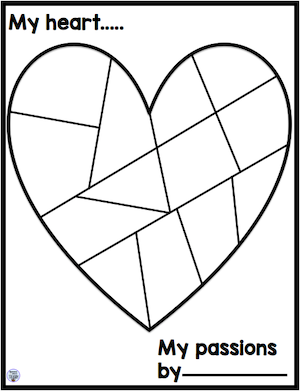
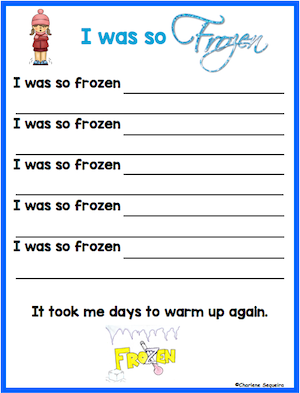
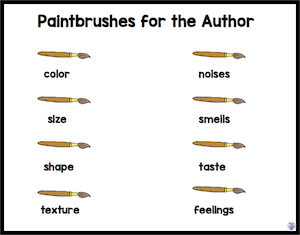
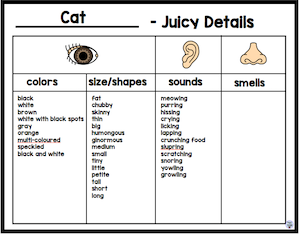
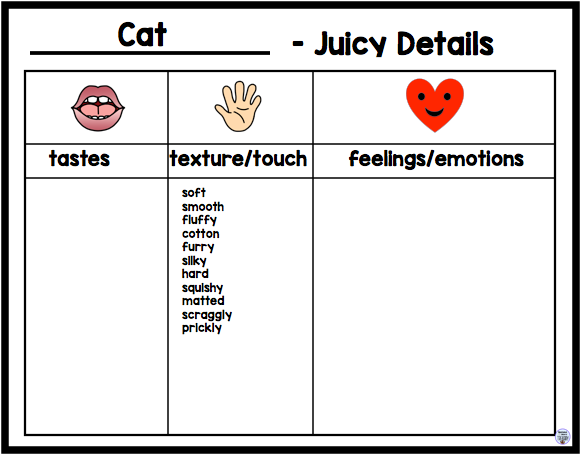
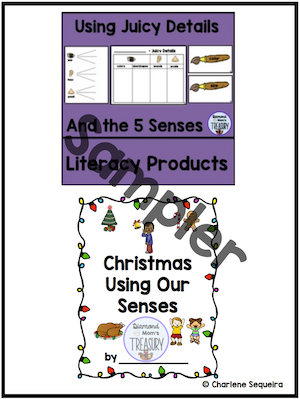




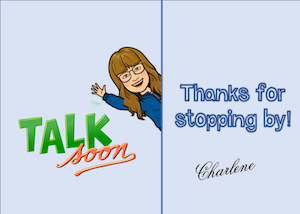



 RSS Feed
RSS Feed